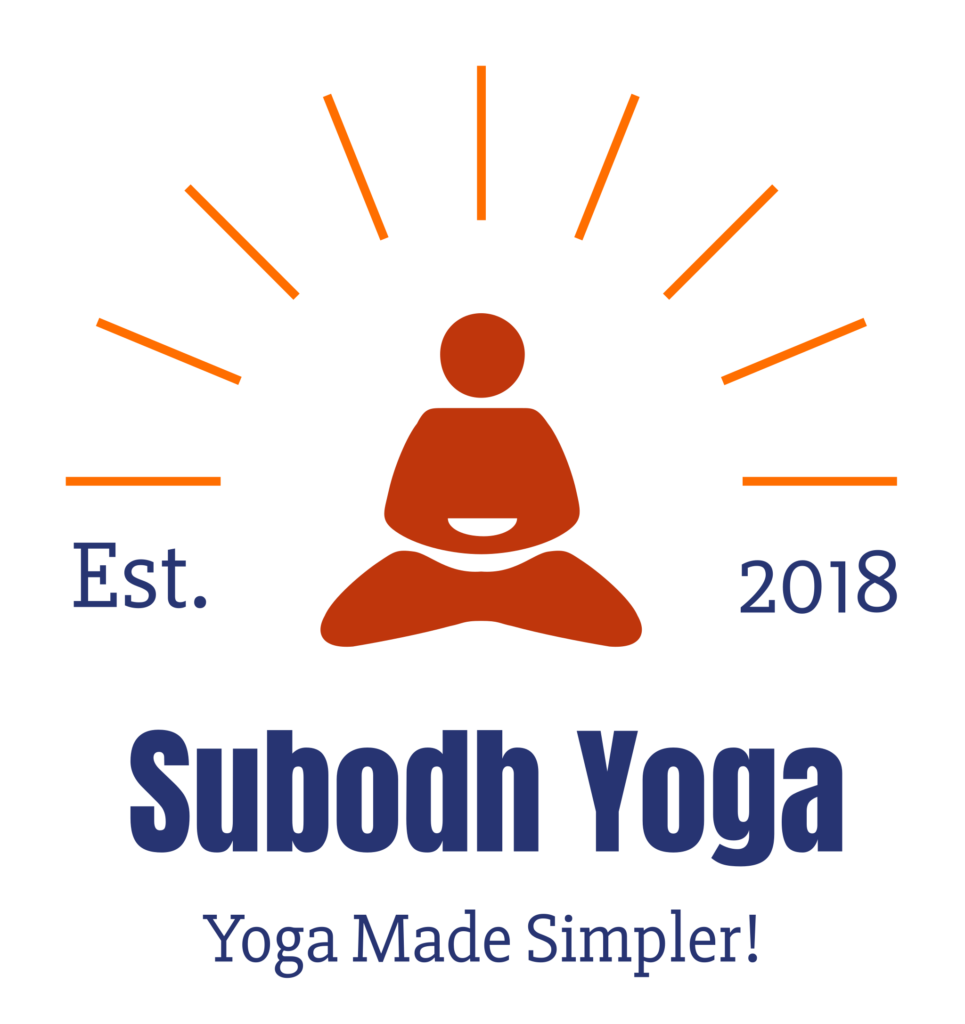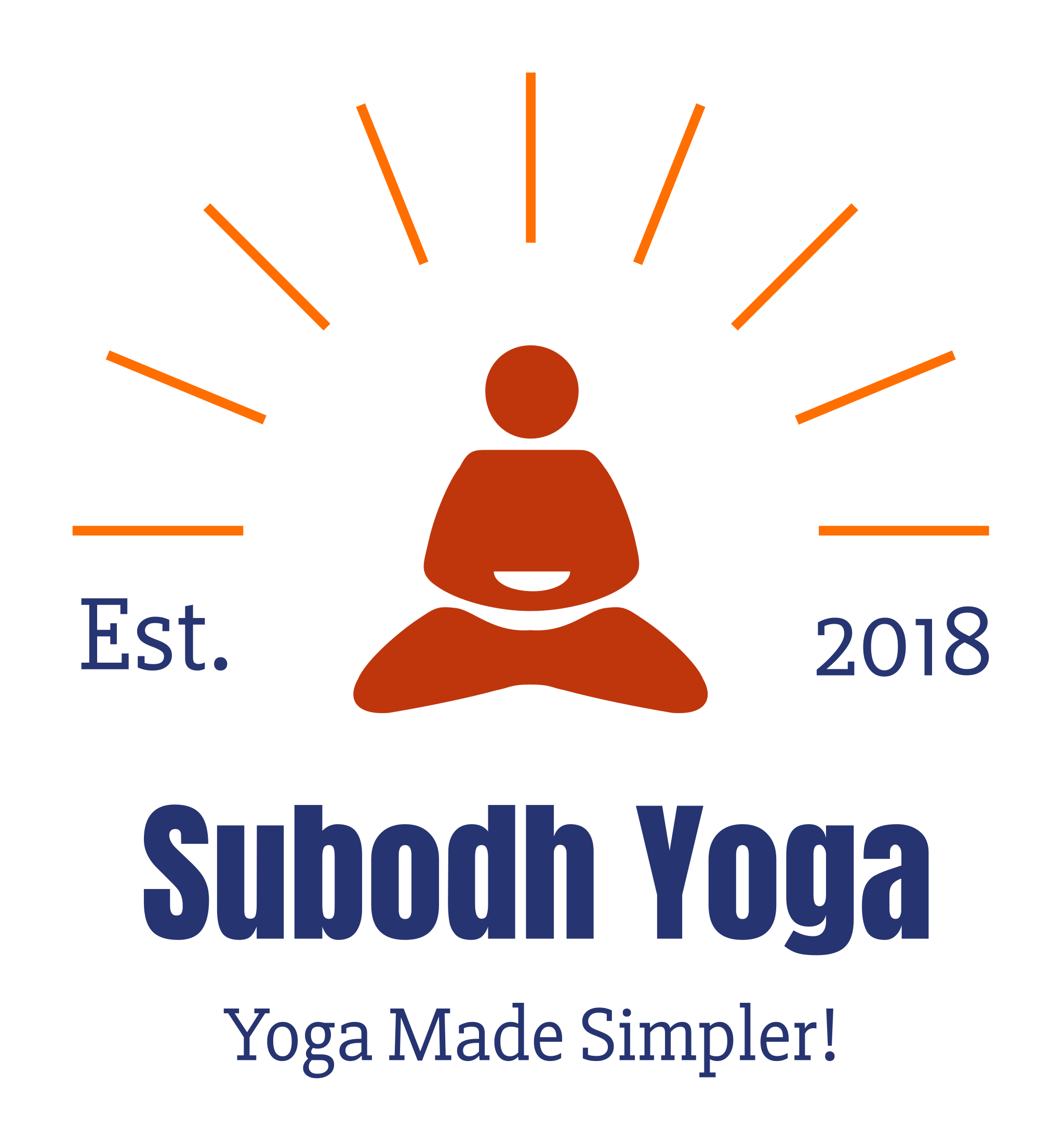Image courtesy: Canva AI image generator
Makar Samkranti isn’t just a celebration of the sun’s transition into Capricorn (Makara) or the advent of longer, warmer days. It’s a festival of gratitude for nature’s bounty, a testament to India’s unity in diversity, and, most importantly, an invitation to embark on a journey of positive transformation.Rooted in the Sanskrit words "Samyak" (right or proper) and "Kranti" (change or revolution), Samkranti symbolizes “rightful transformation.” It marks not just celestial changes but also serves as a powerful reminder for personal growth. It’s a time to pause, reflect, and take Sankalps (vows) that inspire discipline and purpose in life.
Transforming Health Through Discipline and Sankalp
Samkranti provides the perfect moment to take a vow of health and wellness. Just as the sun...
After practicing yoga for few years and especially after my completion of the Yoga Instructor's Course (YIC) recently, I'm trying my best to quest my thirst for knowledge about yoga. More specifically, going to the source (i.e. scriptures) to find out the true knowledge related to yoga. This post is an attempt to compile all information available with me to share the references of yoga in scriptures of Hinduism.
There are four paths of Yoga:
Karma Yoga: This is the path of action. It is the process of achieving perfection in selfless action that ultimately leads to the moksha or liberation of soul.
Jnana Yoga: This is the path of Knowledge. It the process of self-liberation through the pursuit of intellectual knowledge
Bhakti Yoga: This is the path of...
In my last blog post of 15 Minutes daily to start your Journey for Stress Free Life, I talked about how anyone can start small or take baby steps to embark on a journey of a stress-free life. One of the important things I highlighted in that was cultivating a habit of performing daily Surya Namaskars or Sun Salutations.
There are many different ways or versions of Surya Namaskars. The most prominent difference in those versions is about the number of steps used. Either there are 10 steps used or 12 steps used while performing Surya Namaskars. We often get confused regarding which method to follow, which one is correct, and why. In this post, I'll share my thoughts and experiences encountered while conducting various yoga...
Are you getting stressed in your daily life? Don't have time to go to the gym? Want to have an energetic day everyday? Want to loose weight etc.? These are common problems everyone is facing in this fast paced life. But, the thousands of years old gift from India to the world i.e. Yoga, has answers to all these problems.
Let's start small, take some baby steps. Let's not add more stress due to new year resolutions.
Can you carve out 15 mins from your daily routine? Not really? Start with 5 minutes and gradually increase it to 15 minutes every day without fail. Start spending those 15 minutes on the following activities.
Surya Namaskar or Sun Salutations: Start your day with sun salutations to get energy booster....
Time immemorial, Indian thinkers knew the secrete of gaining health through speaking, and through fine arts, they also brought it to the mainstream. Today, it is universally accepted that the vocal cords are part of the body, which was not the case many thousands of years ago, and it also needs an exercise as much as any other part of the body. It needs the same amount of attention, tune up, vigor, consistency, as any other parts do. No one knows better than singers how to take care of their vocal cords.
Since ages, many Indians have benefitted and experienced the wonderfully healing and vitalizing powers, physiological as well as psychic, possessed by the apparently meaningless sound of om also known as ‘Pranava’ and other seed...
Pranayama is the fourth limb of Ashtanga yoga framework developed by Maharshi Patanjali. As mentioned in his yoga sutra’s, pranayama is defined as follows.
तस्मिन् सति श्वासप्रश्वासयोर्गतिविच्छेदः प्राणायामः॥२-४९॥
tasmin sati śvāsa-praśvāsyor-gati-vicchedaḥ prāṇāyāmaḥ ॥2-49॥
Pranayama is the control of the motion of inhalation and exhalation after mastering the posture.
This control can be interpreted in two different ways.
1. Control the motion by slowing down inhalation and or exhalation or both. Slow inhalation or slow exhalation or slowing down the entire respiration results in slowing down our breathing rate considerably which helps in getting your mind calm, quiet, etc.
2. Control the motion by stopping the motion of inhalation or exhalation or both.
From the hatha yoga point of view, this is called as Kumbhaka or holding the breath after inhalation or after...
While you're driving, someone cuts over at the last minute or tries to sneak in around the exit or shoulder. Suddenly you react. You become angry and you don't let the other person in. Or, you take a deep breath and just let it go.
But then, how is yoga connected to this scenario?
Sage Patanjali defines yoga as follows:
योग: चित्त वृत्ति निरोध: | yoga: citta vṛtti nirodha: Mastery over the mind or controlling thought waves in the mind
Citta is made up of Manas, Buddhi, and Ahamkara
Manas- Called as the mind. It is the recording faculty that receives impressions through senses from the outside world.
Buddhi- Called as an Intellect. It is the discriminative faculty that classifies the intellect and reacts to them
Ahamkara - Called as an Ego....
Every day, as you wake up and before getting out of bed, just spend less than a minute to do following:
Pavan Muktasana: Wind or gas-relieving pose.
Pavan – Wind or gas; Mukta - remove, relieve or liberate
Right leg:
Bend your right leg and bring your knee towards your chest.
With your arms locking around the right knee, press your thigh on the abdomen.
Release your hands and the right leg.
Left leg:
Bend your left leg and bring your knee towards your chest.
With your arms locking around the left knee, press your thigh on the abdomen.
Release your hands and the left leg.
Both the legs:
Bend your both legs and bring your knee towards your chest.
With your arms locking around both the knees, press your thighs on the abdomen.
Release your hands and legs
Cycling...
We talked about Wakeup Yoga in the last post.
The next logical activity that comes after waking up is brushing your teeth.
New York Times wrote an article about How to be Mindful While Brushing Your Teeth. Dr. Fern White, a dentist in Australia who practices mindful dentistry says, mindful brushing gives your brain a chance to rest and sets a peaceful tone for the day ahead or the night ahead.
Besides just mindfulness, Niyama and Pranayama are the two limbs out of the eight limbs of Patanjali’s Ashtanga Yoga that relate to the art of brushing your teeth.
Niyama – Observances. These are duties directed toward self. Out of the five Niyamas, Sauch or Internal /external cleanliness or purification applies to brush your teeth.
Pranayama – Regulation /control of...
Ayurveda addresses all aspects of life — the body, mind and spirit. It recognizes that each of us is unique, each responds differently to the many aspects of life, each possesses different strengths and weaknesses. Through insight, understanding and experience -Ayurveda presents a vast wealth of information on the relationships between causes and their effects, both immediate and subtle, for each unique individual.
We briefly discussed vāta and Pitta doshas in previous articles. Let's take a look at Kapha dosha.
|| स्निग्ध: शीतो गुरुर्मन्द:श्लक्ष्णो मृत्स्न:स्थिर:कफ: || - अष्टान्ग ह्रदय
|| snigdha: śīto gururmanda:ślakṣṇo mṛtsna:sthira:kapha: || - aṣṭānga hradaya
Kapha is the energy that forms the body’s structure — bones, muscles, tendons — and provides the “glue” that holds the cells together, formed from Earth and Water. Kapha supplies the...







